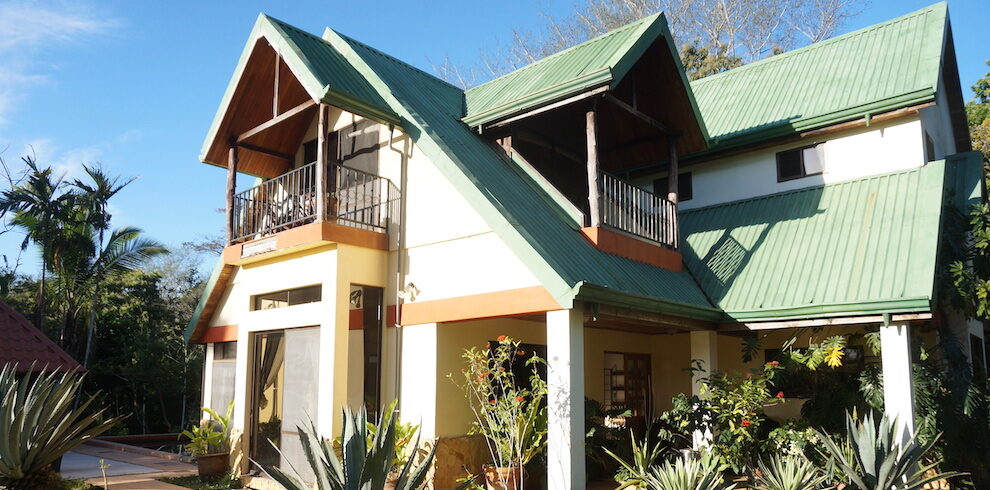- 1
- 1
- 12
- 5
- 2
- 3
- 1
- 1
- 25
- 13
- 1
- 6
- 1
- 1
- 1
- 1
- 1
- 10
- 6
- 1
- 1
- 36
- 5
- 1
- 1
- 2
- 9
- 3
- 11
- 1
- 1
- 2
- 2
- 11
- 6
- 4
- 1
- 23
- 1
- 7
- 1
- 1
- 1
- 2
- 1
- 1
- 1
- 1
- 1
- 1
- 3
- 1
- 41
- 0
- 1
- 10
- 18
- 5
- 8
- 3
- 5
- 27
- 5
- 12
- 4
- 1
- 3
- 2
- 13
- 2
- 2
- 1
- 2
- 2
- 2
- 1
- 11
- 2
- 3
- 2
- 36
Psychedelic Retreats in San Gerardo
History of Psychedelics in Costa Rica
Any society that produced a plethora of mushroom-shaped artifacts probably placed a great emphasis on their importance within the community, and based on recent research, that seems to be the case. Academic research indicates that indigenous societies, in the area we now consider modern Costa Rica, have long consumed plants and fungi with psychedelic properties. The use of psychoactive substances was associated with local shamanistic rituals/practices, and people who held high positions within the political/religious structures of society.
- Tobacco: Tobacco use and cultivation was noted by the Spanish in the 16th century. Used in celebration of major events
- Morning glory seeds: Ground up with a mortar and pestle.
- Psychedelic mushrooms: References were found to the use of the Amanita muscaria and Psilocybe. While the Amanita was not native to the region, it was transported in.
Legal Status of Psychedelics in Costa Rica
You should be aware that current Costa Rican law prohibits the possession and sale of almost all hallucinogenic/psychedelic substances. While there is inconsistency among the different sources as to the legality of psilocybin mushrooms, you should err on the side of caution.
The legal status of ayahuasca in Costa Rica is that it is simply unregulated, although DMT, the active ingredient in Ayahuasca brew, is a controlled substance under Costa Rica’s Narcotics and Psychotropic Substances Law #8204. This means that there are no specific Costa Rican laws concerning Ayahuasca use.

